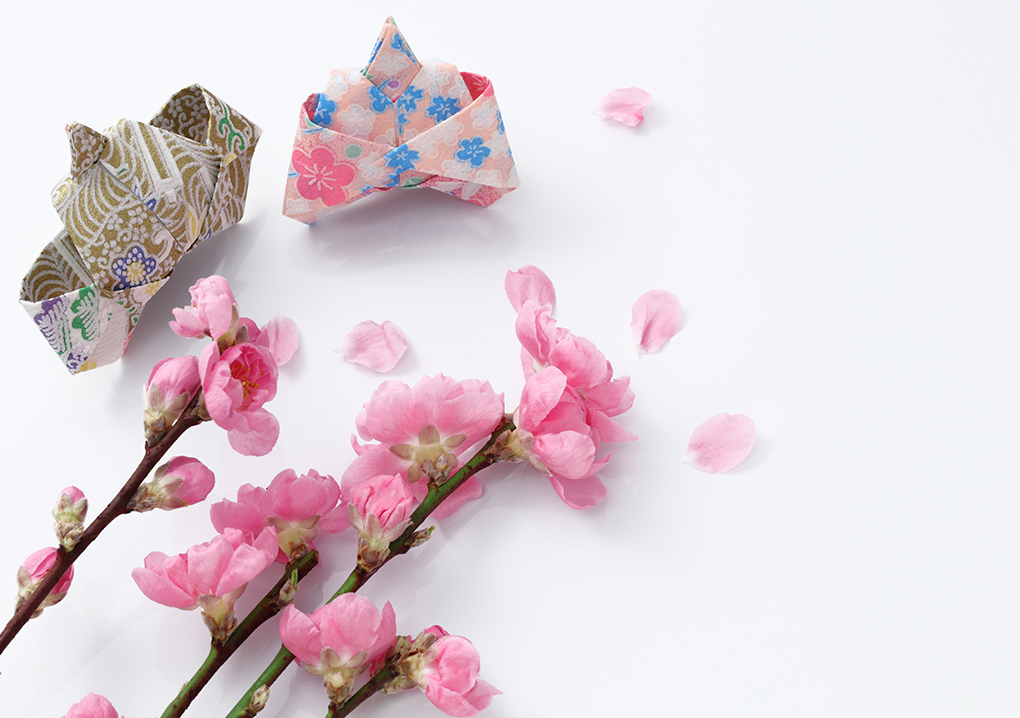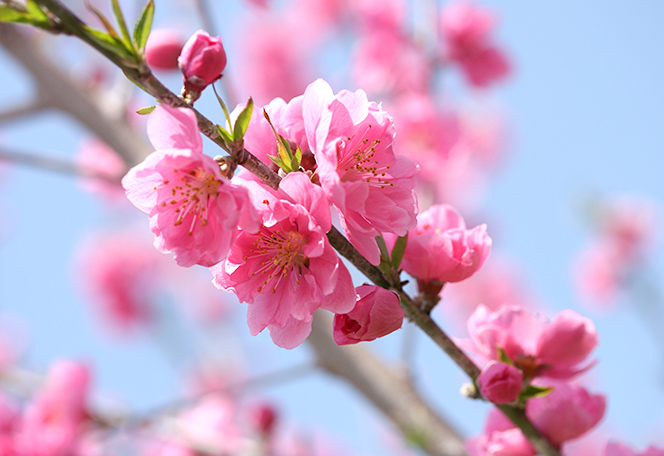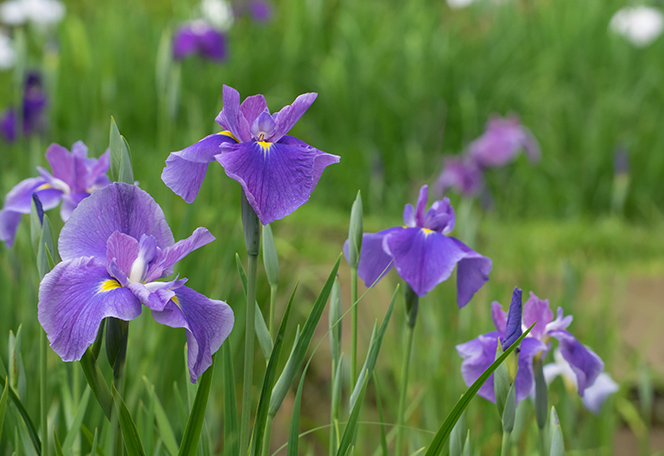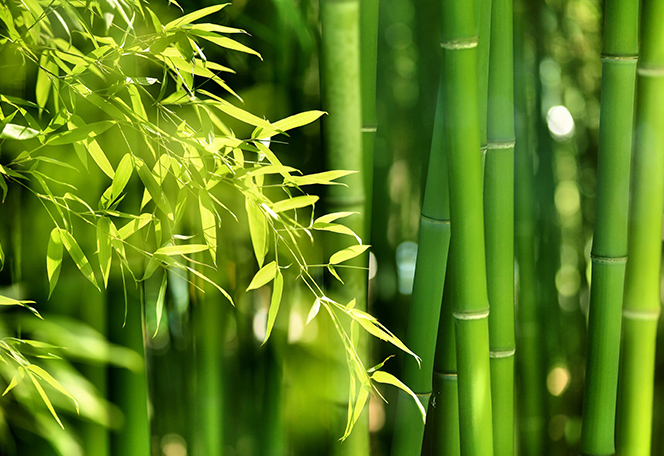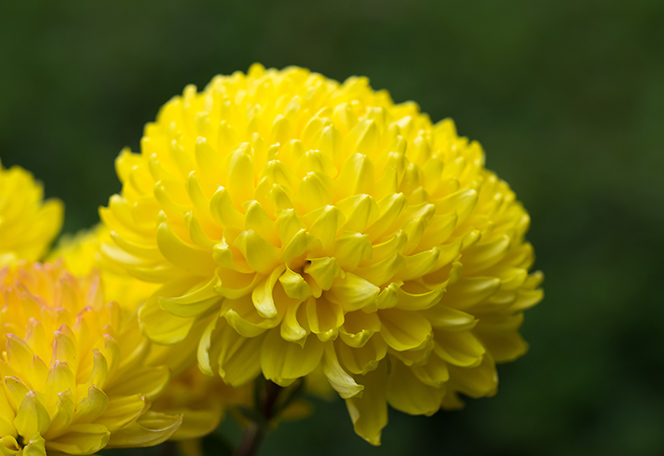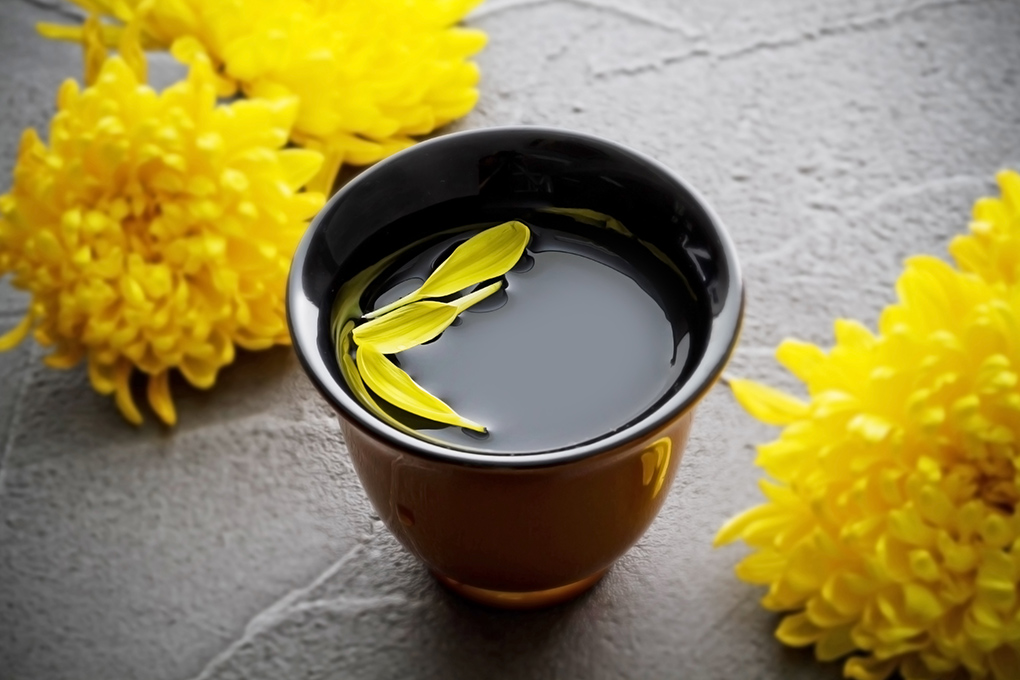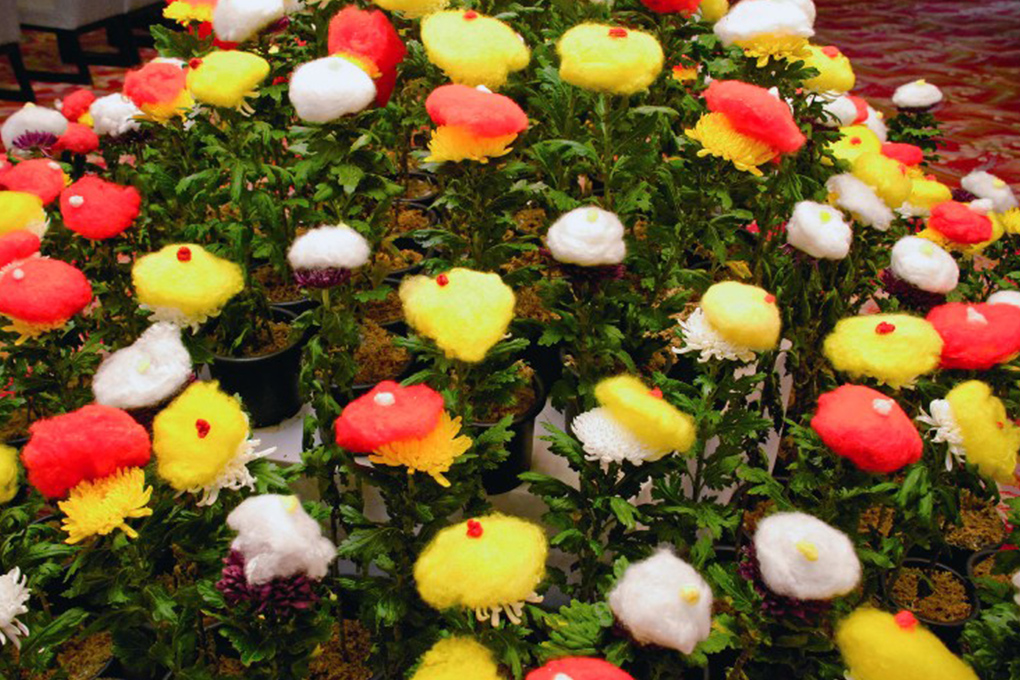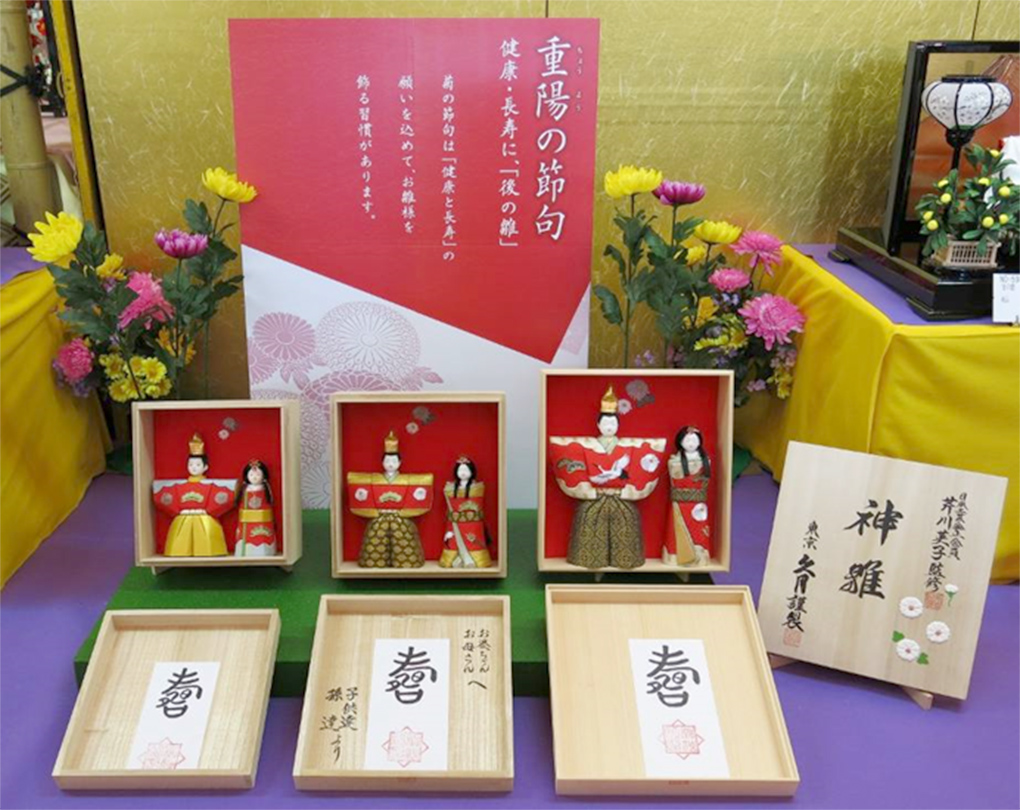What is Choyo-no-sekku?
In ancient China, people believed they would live longer by climbing mountains with a branch of shuyu (a form of fragrant Chinese pepper), drinking chrysanthemum sake and eating on September 9. After the custom came to Japan, nobles celebrated the day by wearing shuyu in their hair to drive away evil and praying for longevity at banquets with chrysanthemum sake. The chrysanthemum has a distinct camphor aroma, whose inclusion in insect repellents today lends scientific credence to the ancient custom.
The custom of drinking peach sake at the Peach Festival, myrtle root sake at the Boys’ Festival and chrysanthemum sake at the Chrysanthemum Festival underpins Japanese people’s interaction at such occasions with belief in the magical powers of these plants.
In the Edo Period, Choyo-no-sekku (the Chrysanthemum Festival) became one of the most important Gossekku festivals to be cerebrated at castles. As the festival is observed on September 9, and 9 is the highest one digit odd number, people in the Edo Shogunate may have prayed for the perpetuity of the period with the festival as a special occasion. Feudal lords presented the Tokugawa Shogunate with various offerings, including figured satin, Habutae silk and other fabrics, as well as red and white rice cakes and fresh and dried red sea bream. One fashion-conscious feudal lord is said to have decorated gifts with chrysanthemum flowers rather than the usual noshi wrapping.
The festival gradually came to be observed by the general public. However, as September on the lunar calendar corresponds to the standard harvest month of October, the event eventually became merged with regular harvest festivals. Nine was considered the luckiest number, and the date was considered ideal for a festival where people made wishes and showed their appreciation to the gods.
In the Kyushu region, festivals are called Kunchi – a derivation of the Japanese word kunichi (the 9th day of the month).







